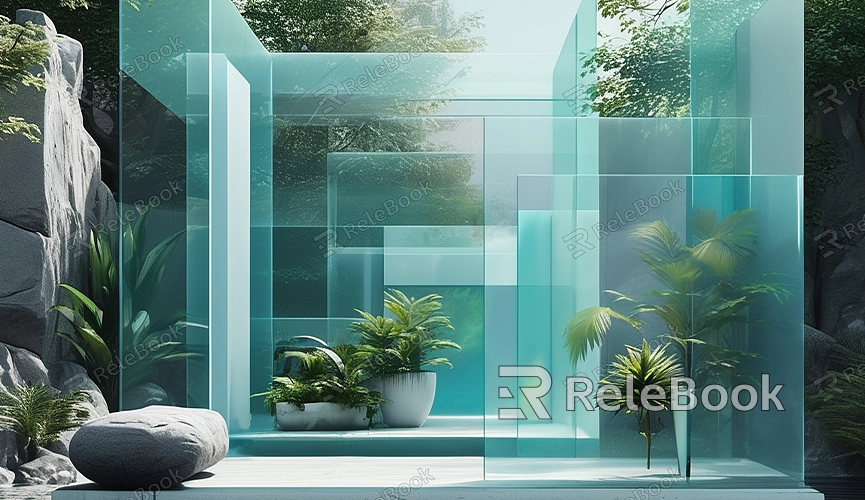How to render a single frame in blender's vse
Blender's Video Sequence Editor (VSE) can be used not only for video editing but also for rendering individual frames. Whether you need to examine a specific frame in detail or produce a high-quality render for a particular shot, understanding how to render a single frame in Blender's VSE is essential. This guide will walk you through the process.
Initial Setup
Before you begin, ensure you have Blender installed and your project loaded. If you haven’t installed Blender yet, you can download and install the latest version from the official website. Open your Blender project and make sure all settings, including materials, lighting, and cameras, are properly configured.

Setting Up VSE
1. Open VSE Interface: Launch Blender and click on the "Video Editing" tab at the top to access the Video Sequence Editor (VSE). If you can't find this option in the default layout, you can switch to the VSE interface by clicking on the "Window" menu at the top and selecting "Video Editor."
2. Import Your Sequence: In the VSE, you need to import the sequence you want to render. Click the "Add" button, select "Image/Sequence," and then choose the sequence or image you wish to render. This will add your media to the timeline.
3. Set Render Range: On the timeline, you will see your sequence or images. Set the start and end frames for rendering. In the VSE, these settings will determine what gets rendered. Ensure you select the correct start and end frames to accurately render the frame you need.
Rendering a Single Frame
1. Set Render Parameters: Click on the "Render" menu in the Blender interface and select "Render Settings" to open the render parameters panel. Here, you can set the resolution, sampling rate, output format, and other parameters. Ensure these settings meet your needs, particularly resolution and output format, as they affect the quality of the render.
2. Choose Render Output: In the render settings panel, find the "Output" options and set the save path and file format for the render results. Choose a suitable file format (e.g., PNG, JPEG) and a save location to easily locate your file after rendering.
3. Render the Frame: Return to the VSE interface and make sure the frame on the timeline is set correctly. Click the "Render" button in the top menu and select "Render Image" to start the rendering process. Blender will render the current frame based on your settings and save it to the specified file path.
Reviewing and Post-Processing
1. Check Render Results: Once rendering is complete, locate and open the saved file to check the image quality and effect. If adjustments are needed, you can modify the render settings in Blender and re-render the frame.
2. Post-Processing: If you're not satisfied with the render result, you can use Blender’s compositor tool for post-processing. In Blender’s "Compositing" workspace, you can perform color correction, add effects, and make other adjustments to enhance the image.
Mastering single-frame rendering in Blender’s VSE allows for more precise control over the rendering process, especially when you need to render specific shots or examine details in a frame. Remember, the quality and effect of the render depend not only on your settings but also on the quality of textures and materials. If you need high-quality 3D textures and HDRI for your models and virtual scenes, or if you need to download 3D models, you can find them on Relebook. After downloading, you can directly import the textures and 3D models into your project.

